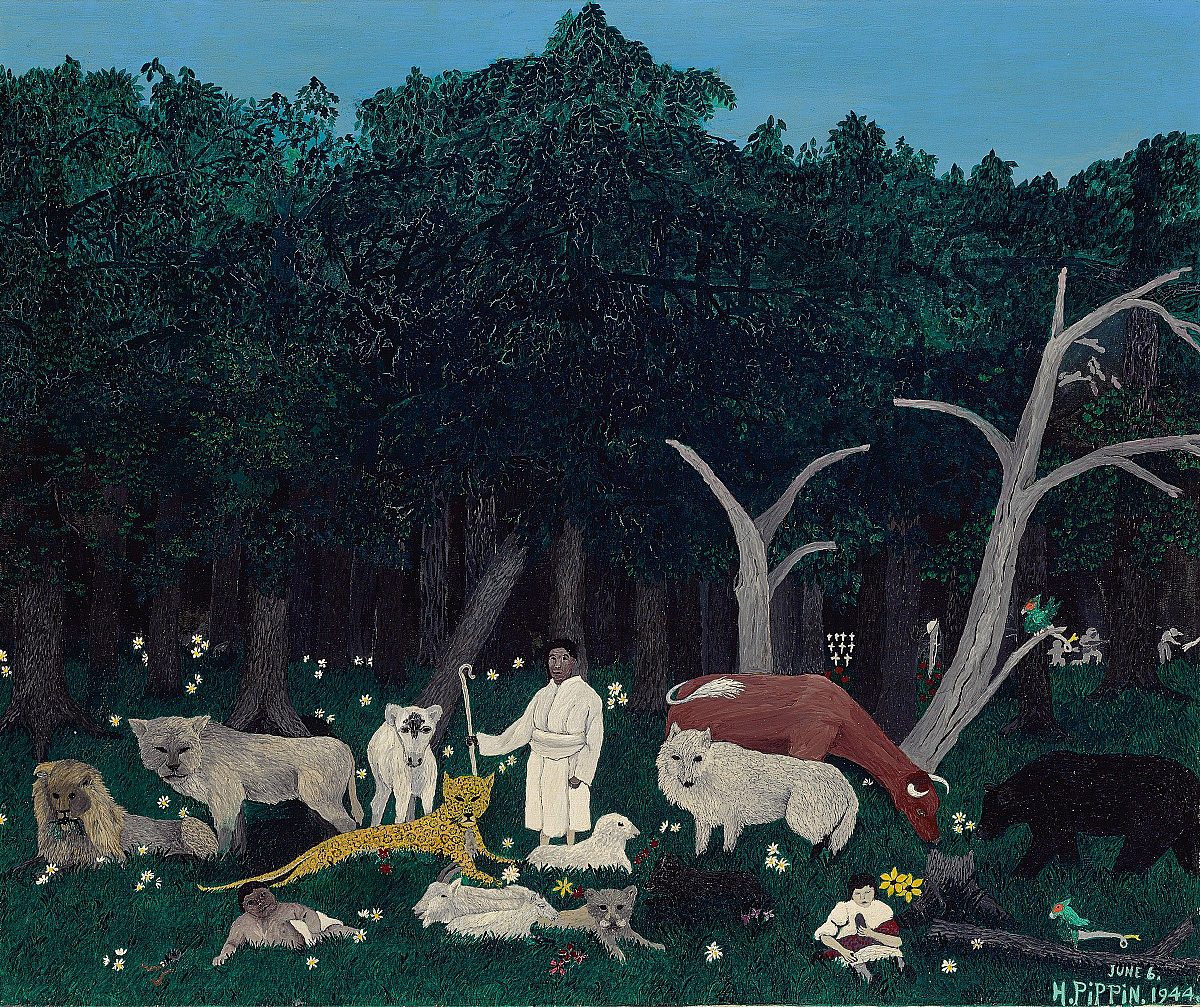
Main Galleries
Black Artists in America: From the Great Depression to Civil Rights
Oct 17, 2021 - Jan 2, 2022
Presented by: Presented by The Joe Orgill Family Fund for Exhibitions
Organized by: Organized by The Dixon Gallery and Gardens
Throughout the twentieth century, Black artists in the United States produced powerful works of art that described and expressed the joys, anxieties, social changes, economic upheavals, global conflagrations, and aesthetic concerns of the times during which they lived. Through more than fifty paintings, sculptures, and works on paper, Black Artists in America: From the Great Depression to Civil Rights explores the various ways in which African American artists responded to the political, social, and economic climates of the United States from the 1930s into the 1950s.
Black Artists in America begins with the collapse of the stock market in 1929 and the subsequent devastation of the American (and much of the world’s) economy. The Great Depression interrupted one of the most powerful aesthetic flowerings this country has ever produced, the Harlem Renaissance, and thrust many artists into poverty and hardship. During this time, however, Black artists including Charles White and Hale Woodruff were an integral part of a new aesthetic development known as Social Realism, which rejected early modernism in favor of realistic imagery focused on issues important to the working class.
With the outbreak of World War II, Black artists were called upon to use their creative talents in service to their country, despite racist policies within the American military. Some of the most compelling visual commentaries on the American war experience were produced by Black artists such as Eldzier Cortor and Jacob Lawrence. In the postwar years, many artists, including Elizabeth Catlett and Hughie Lee-Smith maintained a strong commitment to the power of figurative art to tell stories and make political statements, aesthetic decisions affected by the early civil rights struggles of the 1950s. At the same time, new trends in American art placed Social Realism at odds with artists linked to the elevation of abstraction and non-representational art, including Charles Alston, Norman Lewis, and Walter Augustus Simon.
Black Artists in America: From the Great Depression to Civil Rights is the first in a suite of three linked exhibitions and publications that will examine the African American experience in the visual arts through the last seventy years of the twentieth century. The exhibition is comprised of works of art from public and private collections around the country, but there is a special emphasis on artists, including Vertis Hayes and Reginald Morris, who lived and worked in Memphis, helping to establish Memphis’ role in the development of Black American art.